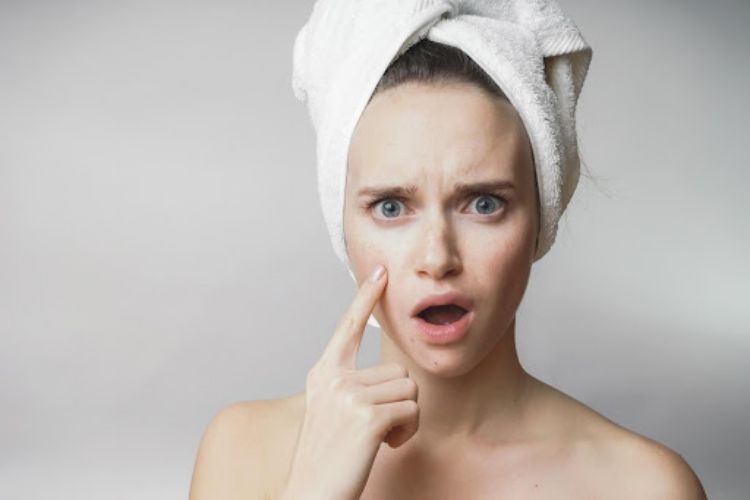 Blackheads can be a little unsightly, but they’re a super common problem. Skin experts believe that most people will have at least one blackhead at some point in their lives. Between 10% and 20% of adults get blackheads on a regular basis.
Blackheads can be a little unsightly, but they’re a super common problem. Skin experts believe that most people will have at least one blackhead at some point in their lives. Between 10% and 20% of adults get blackheads on a regular basis.
If you’re a person who often gets blackheads, then you’re probably always on the hunt for the easiest and most efficient way to get rid of them. Unfortunately, blackhead removal can sometimes damage the skin. It’s a fine line between effectively cleaning your face and harming your skin.
If you want to learn how to treat blackheads in a more gentle way, we’ve got you. Read on for the dos and don’ts of blackhead removal now.
Why Do Blackheads Occur?
Before we talk about blackhead removal, let’s take a look at blackhead prevention. Why do they occur in the first place? Is there anything you can do to stop them from forming?
Blackheads (and whiteheads) occur when a hair follicle or sebaceous gland becomes inflamed. This inflammation can happen for many different reasons.
It could be because of an overproduction of sebum from your skin. Sometimes it’s caused by changes in hormone levels. It can also happen when there’s a higher amount of certain types of bacteria on your skin.
You might be able to reduce your chances of developing blackheads by making sure to keep your face clean. But they can still develop for other reasons. This is especially true if you’ve got acne-prone skin.
How to Treat Blackheads Effectively
There are many different things you can try to treat your acne. Different methods will work for different people so you might have some trial and error before you find the treatment that suits your skin best.
One thing that many people find helpful is retinoid cream. Retinoids help to unclog your pores, but they might not work for you if you’ve got super dry skin.
Another great way to treat blackheads is through skin exfoliation. A good face scrub will clean the excess bacteria and sebum off your face and can also help to unclog your pores. You don’t want to be too aggressive in your scrubbing though.
If you’ve got a really bad case, your doctor or dermatologist might recommend a prescription treatment such as an oral antibiotic or prescription-strength retinoids.
Then there are other types of treatments that are less common. These include things like chemical peels, microdermabrasion, and high-frequency devices. For more on high-frequency devices, you can refer to this blog.
In terms of actually removing the blackheads, it’s always best to have this taken care of by a professional. If you are going to pop them yourself always remember to wear gloves or clean your hands first so you don’t risk an infection.
Blackhead Removal Made Simple
Blackhead treatment and blackhead removal can seem tricky. In reality, it’s all about finding out what works best for you and your skin. Try out some of the suggestions in this post and see whether any of them are successful in treating your blackheads.
If you’re looking for more skincare tips and wellness advice we’ve got all that and more. Check out the rest of our site now.




